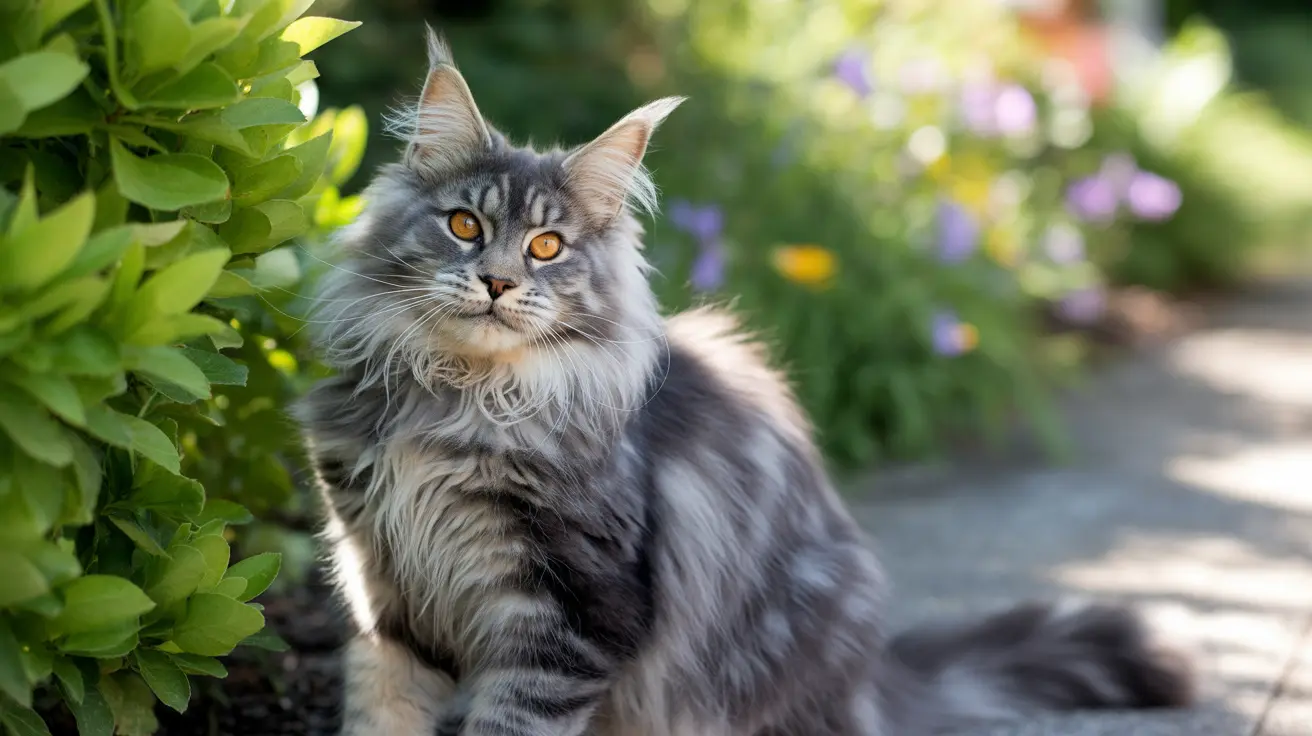The Structure and Function of the Inner Pinna
The inner pinna consists of a cartilage-based framework covered with sensitive skin and fur. This sophisticated structure acts as a natural sound-collecting device, helping cats capture and funnel sound waves into their ear canal with incredible efficiency.
Key features of the inner pinna include:
- A concave surface that effectively channels sound
- Highly mobile cartilage that can rotate up to 180 degrees
- Specialized muscles enabling independent ear movement
- A unique fold called Henry's pocket
How Cats Use Their Inner Pinna for Sound Detection
The inner pinna's remarkable mobility allows cats to detect sounds from various directions without moving their heads. This adaptability enables them to:
- Locate prey with pinpoint accuracy
- Detect potential threats from any direction
- Hear frequencies up to 85 kHz (far beyond human hearing capability)
- Process sounds independently through each ear
The Role of Henry's Pocket
Located on the outer edge of the ear, Henry's pocket (or cutaneous marginal pouch) is a small fold that may enhance a cat's ability to detect high-frequency sounds. This unique feature requires special attention during cleaning as it can harbor debris and parasites.
Maintaining Your Cat's Ear Health
Regular maintenance of your cat's inner pinna is essential for preventing health issues. Signs that warrant attention include:
- Excessive scratching or head shaking
- Unusual discharge or odor
- Redness or swelling
- Accumulation of debris in Henry's pocket
Breed-Specific Considerations
Different cat breeds may have varying inner pinna structures, affecting both function and care requirements. For example, Scottish Fold cats have unique ear configurations that may require special attention and monitoring.
Frequently Asked Questions
What is the inner pinna of a cat's ear and what role does it play in their hearing?
The inner pinna is the interior portion of the visible ear flap, designed to collect and funnel sound waves into the ear canal. It plays a crucial role in amplifying sounds and helping cats detect prey and potential threats.
How does the mobility of a cat's pinna help with sound localization and communication?
The highly mobile pinna can rotate independently up to 180 degrees, allowing cats to precisely locate sound sources without moving their heads. This mobility also serves as a form of communication through ear positioning.
What is Henry's pocket (cutaneous marginal pouch) in a cat's ear, and why is it important for ear health?
Henry's pocket is a small fold in the outer ear that may help with sound detection. It requires regular cleaning as it can collect debris and parasites that could lead to infections.
How can I properly check and clean my cat's inner pinna and ear canal to prevent infections?
Regularly inspect your cat's ears for debris, discharge, or unusual odors. Clean the visible parts gently with a pet-approved ear cleaner and cotton ball. Never insert anything into the ear canal itself.
Why do some cat breeds have different ear shapes, and how does that affect the function of their inner pinna?
Breed-specific ear shapes result from genetic variations and selective breeding. These differences can affect how efficiently the inner pinna collects and channels sound, though most cats maintain excellent hearing regardless of ear shape.
Understanding and properly caring for your cat's inner pinna is essential for maintaining their overall health and well-being. Regular monitoring and proper cleaning can help prevent common ear problems and ensure your cat maintains their exceptional hearing abilities.






